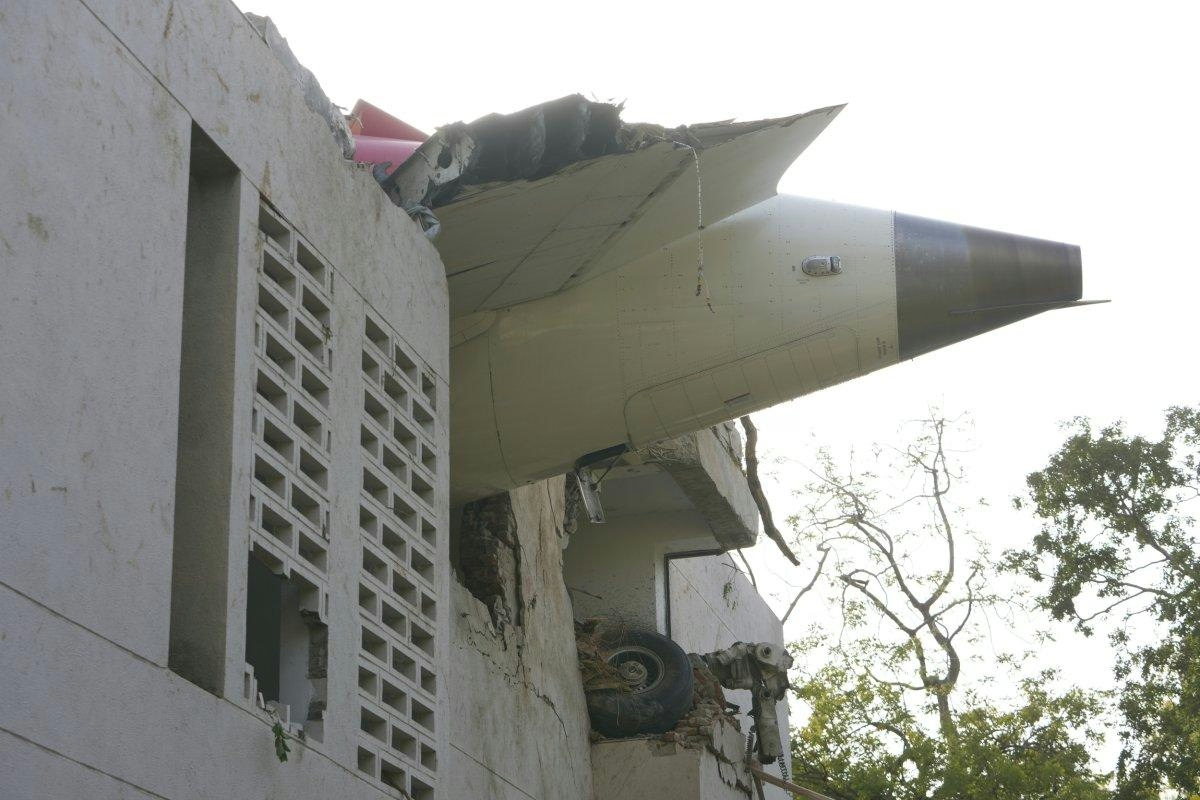
Smarter email, faster business.
Trending
New U.S. Policy Opens Opportunities for K-Aviation Contracts
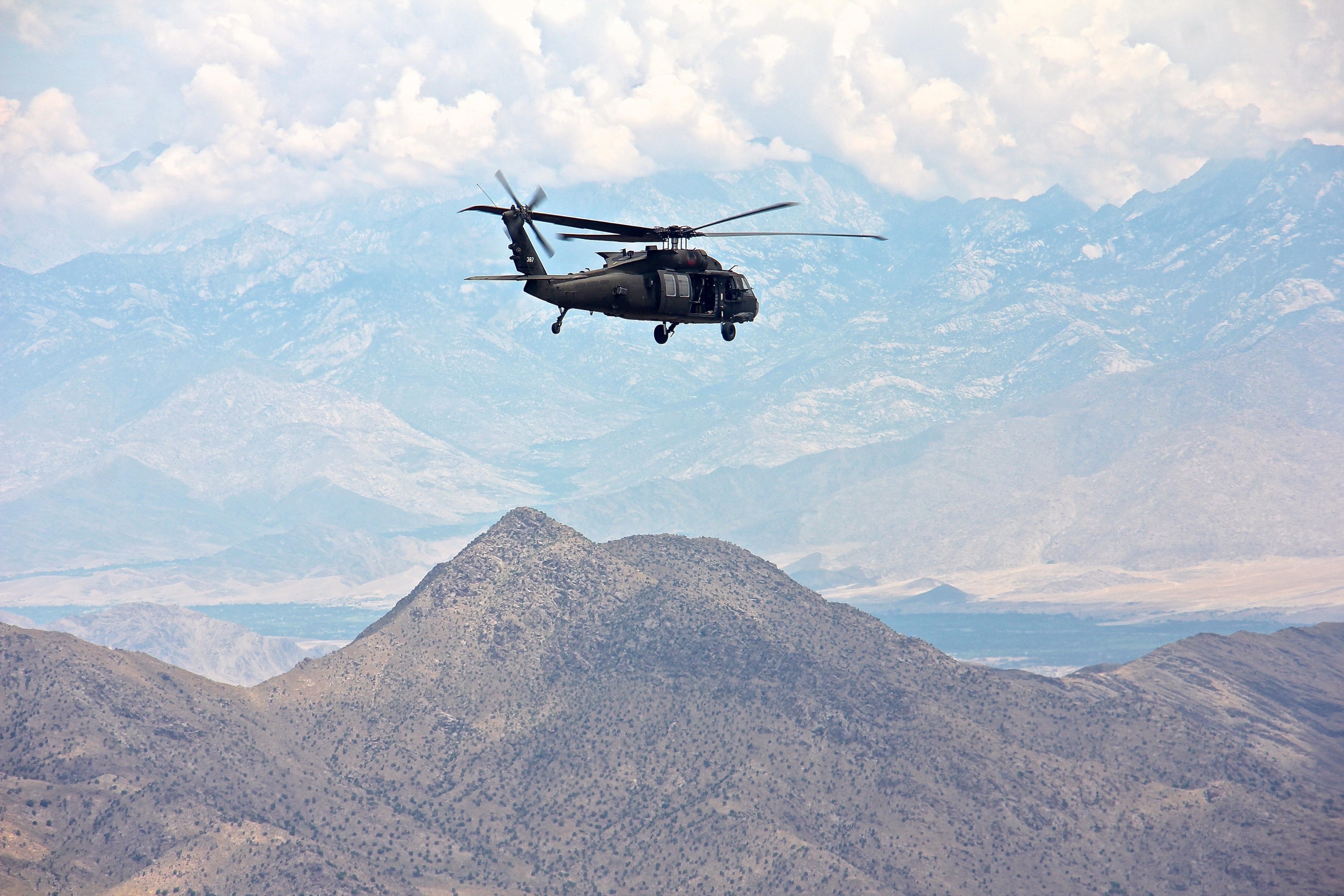
New U.S. Policy Opens Opportunities for Korea’s Aviation Industry
Korea’s aircraft maintenance, repair, and overhaul (MRO) sector is poised for significant growth following recent shifts in U.S. defense policy that emphasize greater international collaboration. The U.S. Department of Defense is increasingly turning to allied nations to support military aircraft maintenance, aiming to enhance military readiness and operational efficiency by decentralizing MRO activities.
Strengthening Korea-U.S. MRO Collaboration
During the 26th Korea-U.S. Integrated Defense Dialogue (KIDD) held in Washington from May 1 to 2, officials from both countries explored avenues to deepen cooperation in the MRO field. This dialogue builds upon the Pentagon’s Regional Sustainment Framework (RSF), unveiled in May 2024, which seeks to expedite the redeployment of military assets by conducting maintenance operations at strategic allied locations closer to operational theaters. The RSF aims to reduce maintenance time and costs while ensuring greater operational continuity compared to centralized maintenance in the continental United States.
Earlier this year, U.S. defense representatives visited Korean facilities operated by Hanwha Aerospace, Korea Aerospace Industries (KAI), and Korean Air to evaluate their capabilities, signaling a growing U.S. interest in Korea’s MRO potential.
Korea’s Growing MRO Capabilities and Strategic Position
Korea’s independent defense posture and accumulated expertise in aircraft technology have attracted attention from U.S. defense circles. Oh Kyung-won, an aviation maintenance professor at Howon University, noted that if Korea becomes a key MRO hub for the U.S., it would not only be commercially viable but also provide an opportunity to advance Korean aerospace technology further. Political figures, including Democratic Party presidential candidate Lee Jae-myung, have pledged to bolster Korea’s competitiveness in the MRO industry, underscoring the sector’s strategic importance.
Market Prospects and Competitive Challenges
The global aviation MRO market, encompassing both military and civilian aircraft, is expected to experience robust growth. According to Samjong KPMG, the market will expand by 33.4 percent, from $93.9 billion in 2023 to $125.3 billion by 2033. Korea’s domestic MRO market is projected to reach 4.2 trillion won ($3 billion) this year, accounting for 3.2 percent of the global market—a foundation analysts view as ripe for expansion.
Military aircraft MRO represents a particularly fast-growing segment. Mordor Intelligence forecasts the global military MRO market will increase from $42.49 billion in 2025 to $48.81 billion by 2030. Hurr Hee-young, president of Korea Aerospace University, emphasized Korea’s strategic advantages, citing its geopolitical location and decades of maintenance experience as factors that give domestic firms a genuine opportunity to secure contracts.
Nonetheless, Korea faces challenges in capitalizing on these opportunities. Regulatory compliance and the risk of competitors expanding into similar sectors or leveraging emerging market trends could complicate efforts to secure contracts. Successfully navigating these complexities will be essential for Korean companies seeking to establish themselves as key players in the global MRO landscape.
Industry Structure and Leading Korean Firms
The aviation MRO industry is broadly divided into four categories: airframe, engine, components, and line maintenance. Korean Air and KAI offer comprehensive MRO services, while Hanwha Aerospace specializes in engine maintenance. Since 1978, Korean Air has serviced approximately 3,700 U.S. military aircraft in Korea and Japan. Hanwha Aerospace, operating under licenses from major engine manufacturers, has produced around 10,000 engines and maintained about 5,700.
Investments and Future Outlook
To meet increasing demand, Korean companies are making substantial investments in infrastructure. Korean Air is currently constructing a new engine maintenance facility on Yeongjong Island in Incheon, valued at 578 billion won and covering 140,200 square meters (1.5 million square feet).
As the U.S. seeks dependable partners for military aircraft maintenance, Korea’s MRO industry stands at a critical juncture, balancing promising opportunities with the need to adapt to regulatory requirements and intensifying competition in a rapidly evolving global market.
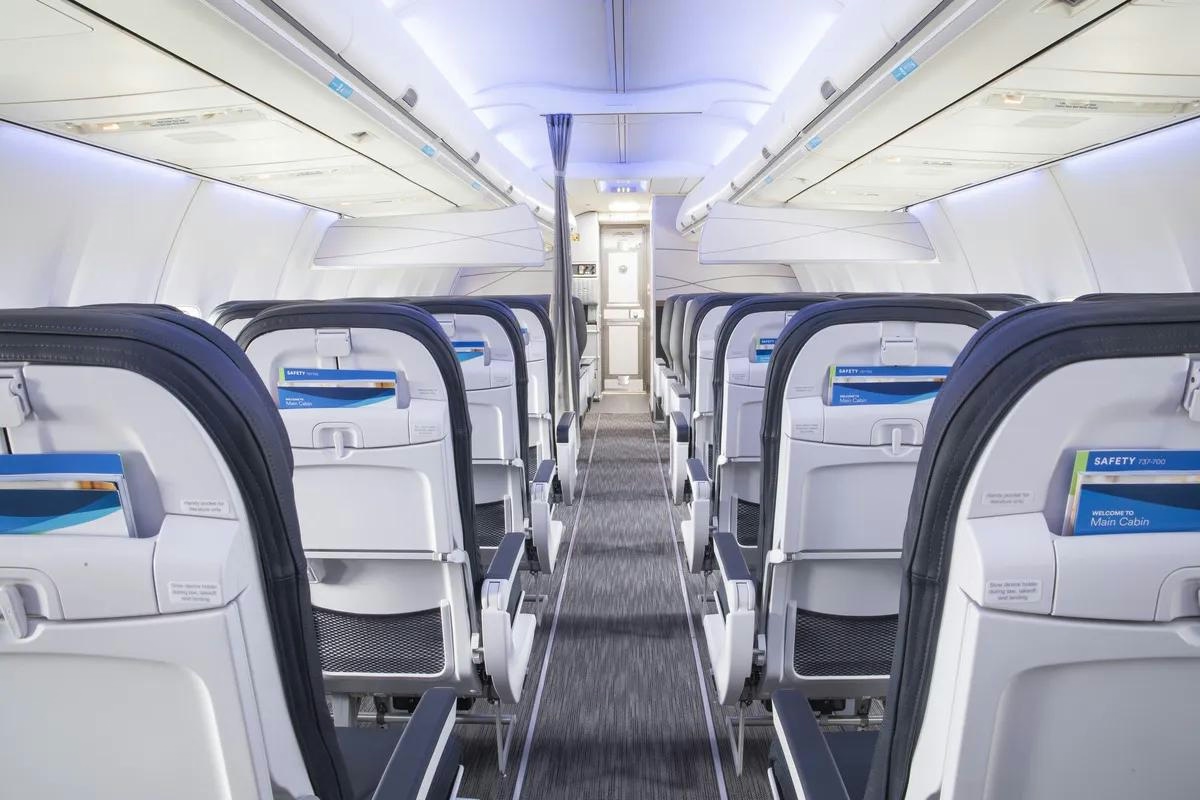
Key Questions on Chinese Travel, AI, and Airlines Answered by Skift
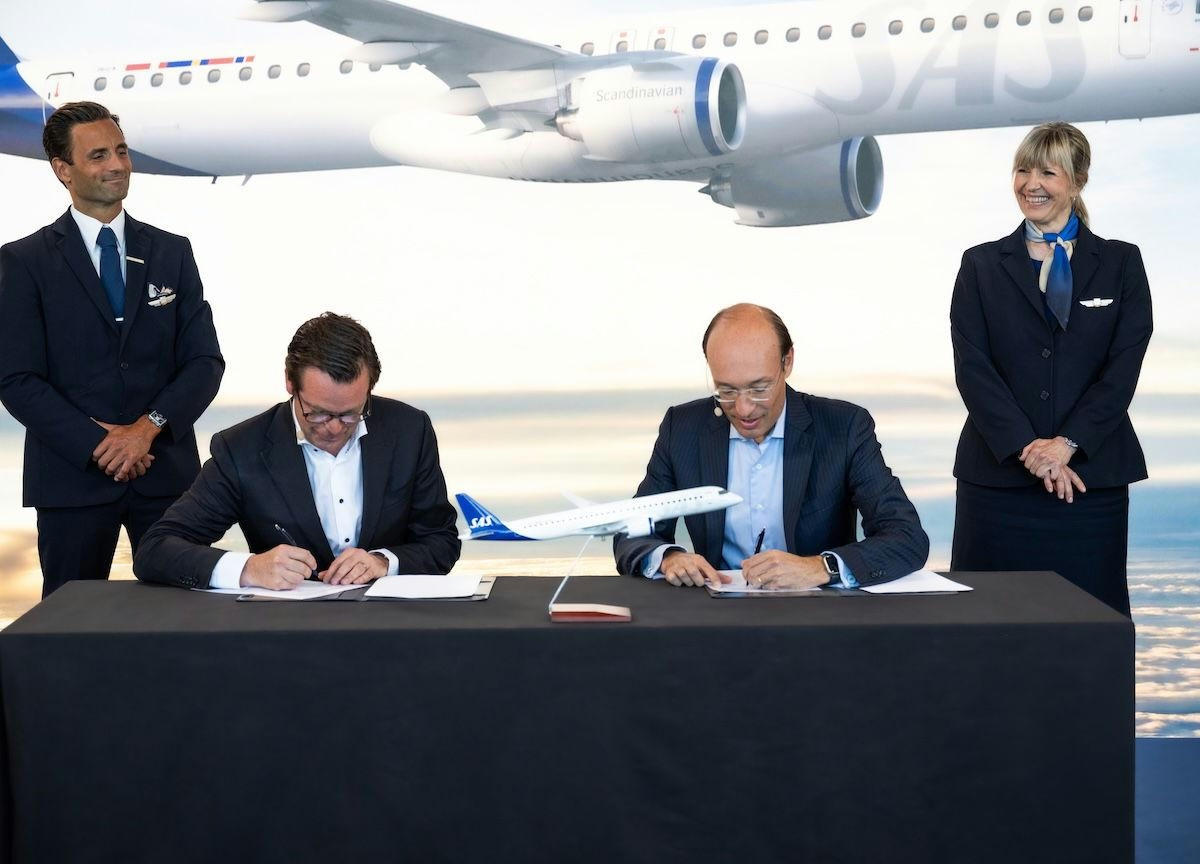
SAS Orders Up to 55 Embraer E195-E2 Jets

Portugal Hosts Aviation Pioneers at World Aviation Festival in Lisbon
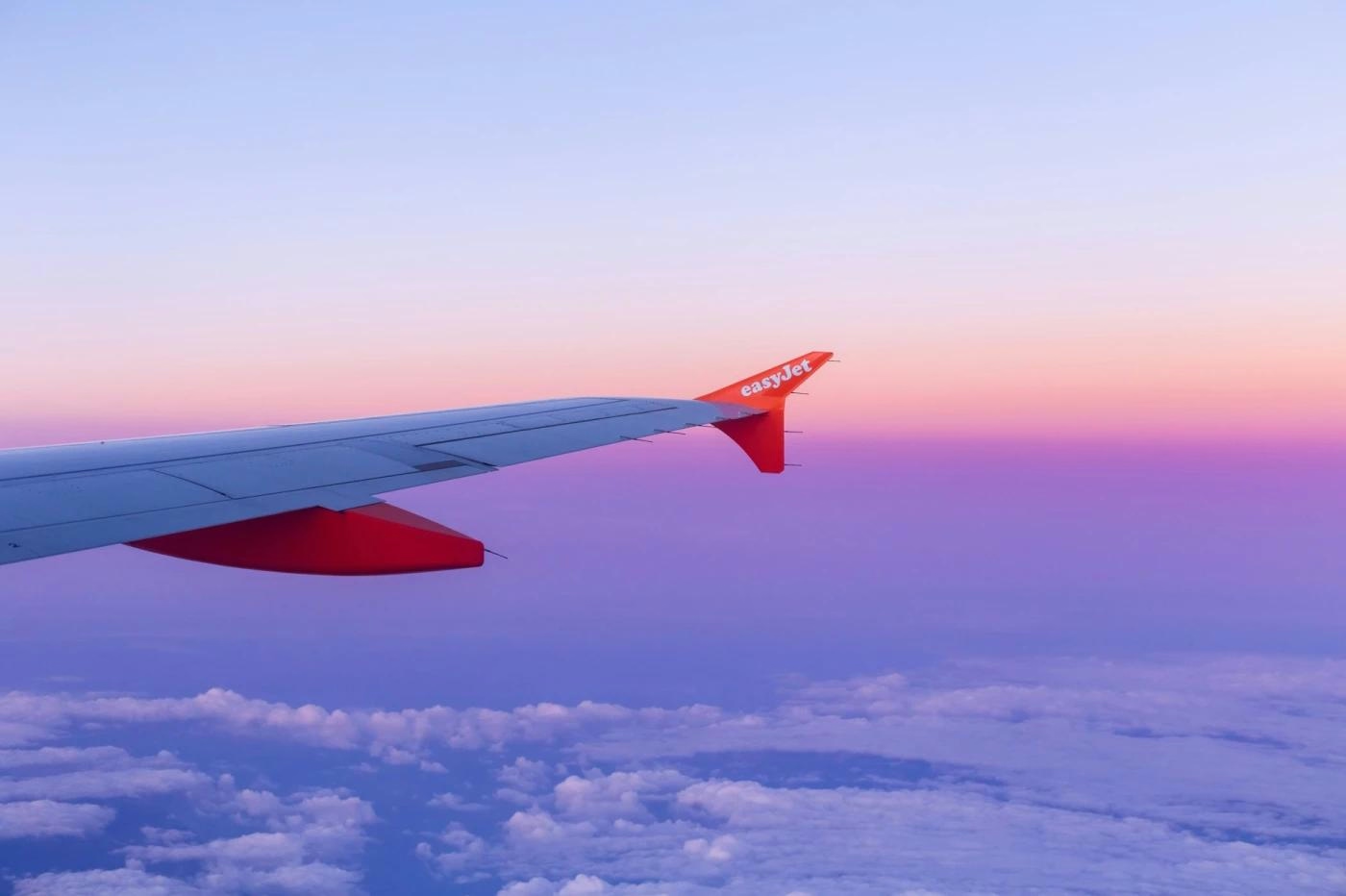
World Star Aviation Backs XMAL’s First Lease Deal with easyJet
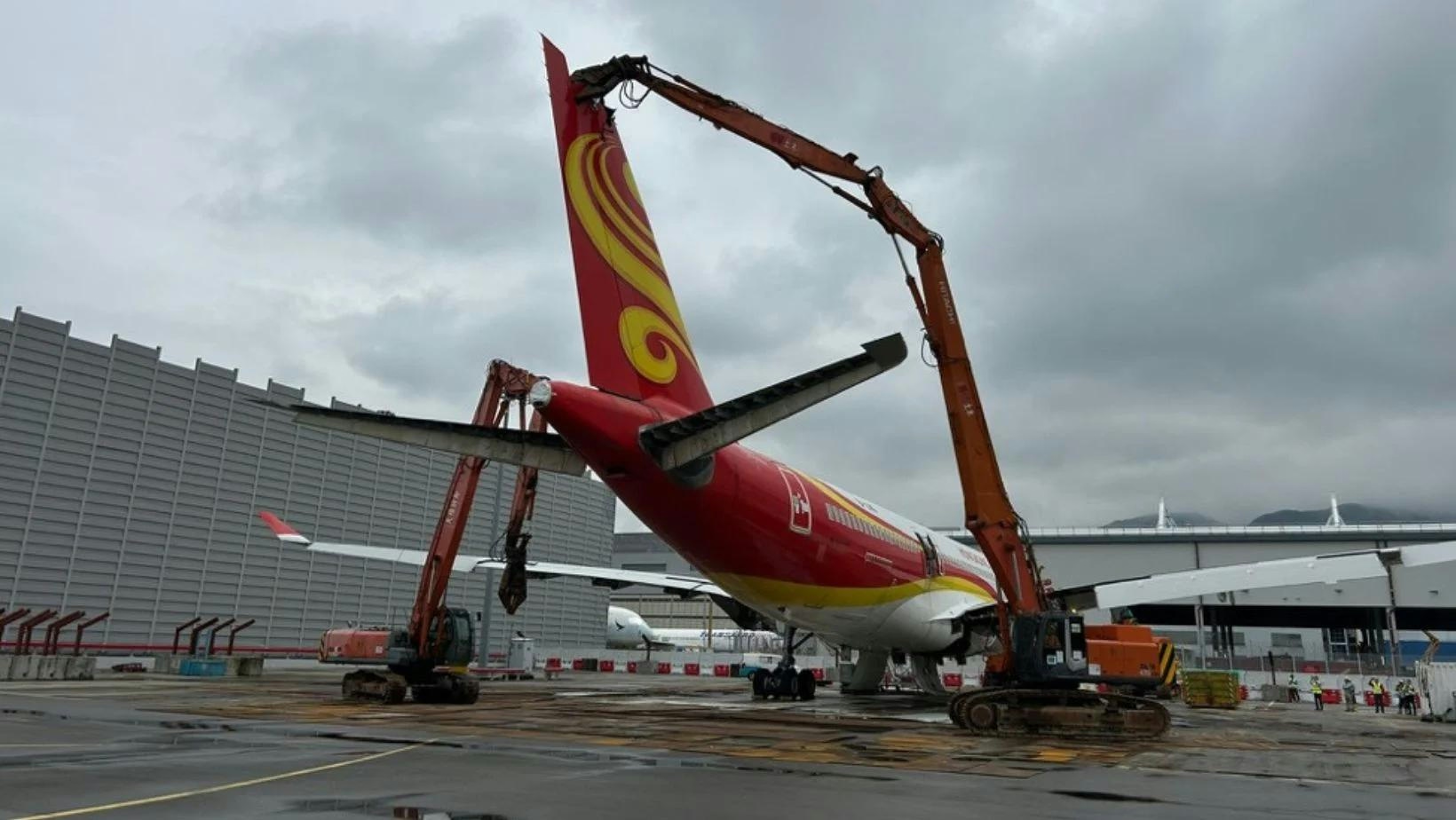
AerFin Conducts First Aircraft Disassembly at Hong Kong Airport
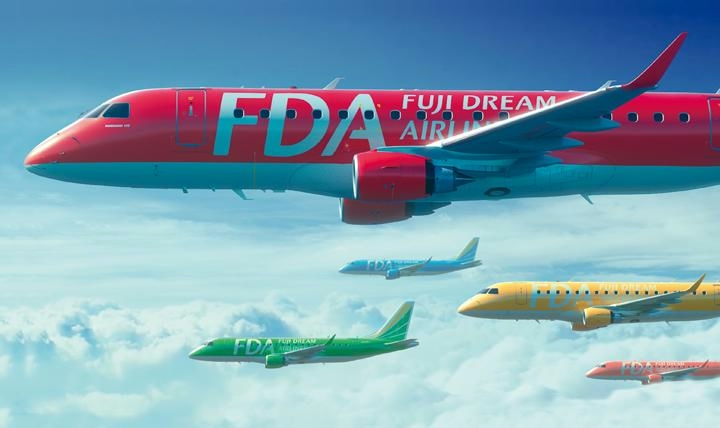
Fuji Dreams Airlines Renews Contract with IBS Software

Prague Airport Advances Traveler Experience Through Technology
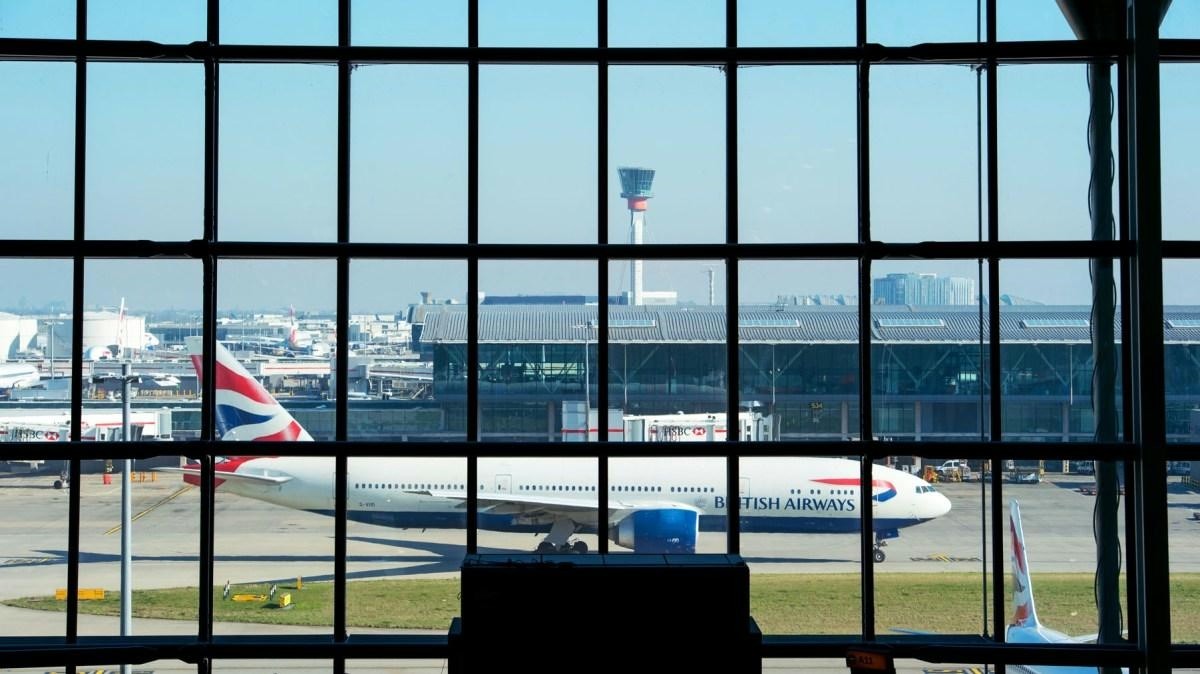
British Airways Employs AI to Reduce Delays and Cancellations
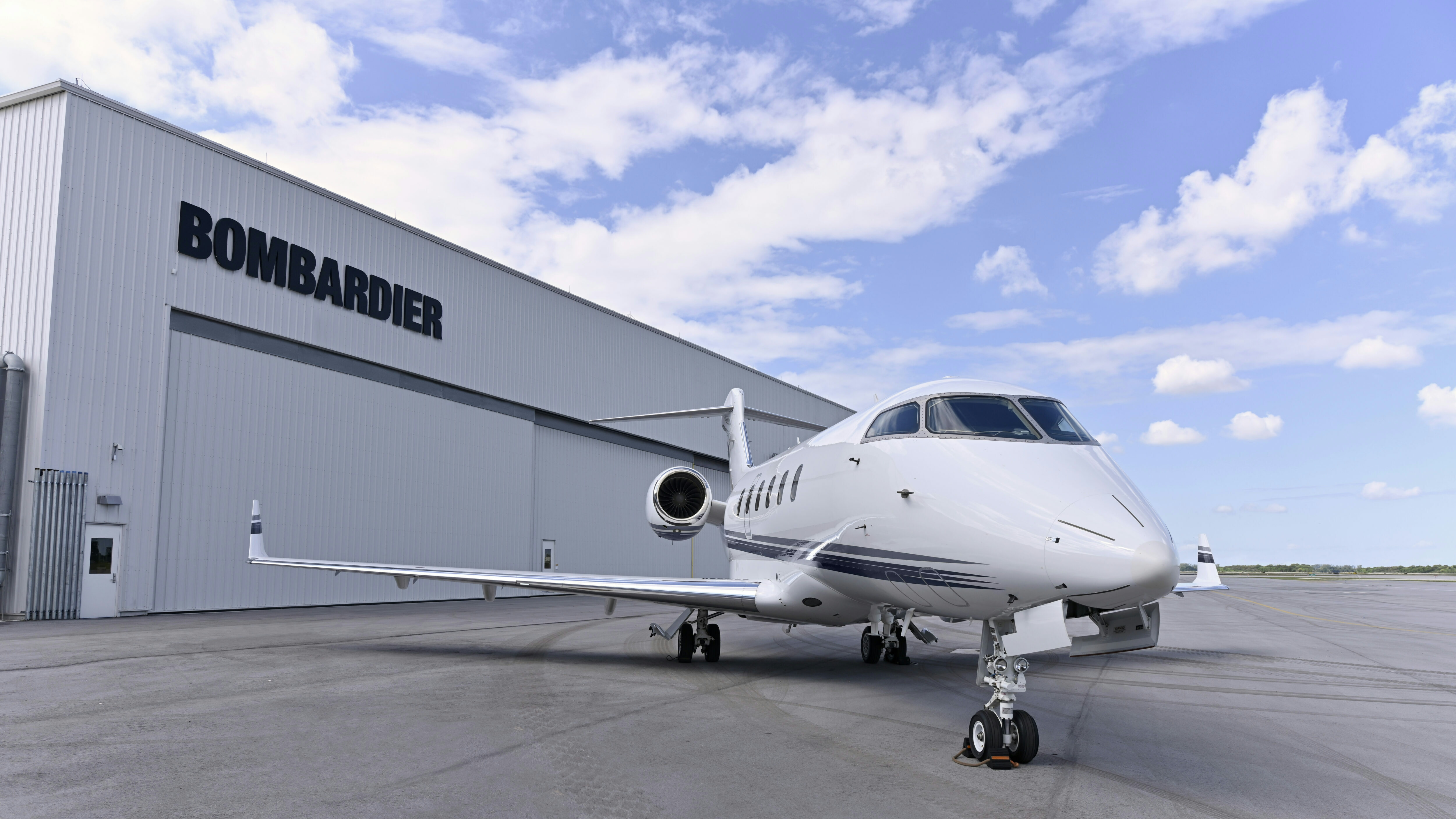
Bombardier's $1.7 Billion Deal Signals the Power of Long-Term Service Partnerships in Aviation
